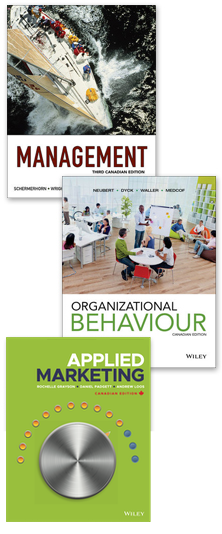The 2010 Cincinnati Reds are surprising many observers of Major League Baseball. The Reds themselves are not surprised. After starting the season 7-10, the team rebounded to take sole possession of the National League Central Division ahead of the much-heralded St. Louis Cardinals (they are currently in second place). The team is accomplishing this without superstar players and with contributions from utility players and rookies. While the team does not perform well in some statistical categories, they are leading the major leagues in come-from-behind victories and wins in the final at-bat. There is a quiet confidence on the team and they are determined.
QUESTIONS:
- “With a roster full of unknowns and unprovens” and players “thankful just to have jobs in the major leagues,” in what ways is the success experienced by the 2010 Reds an indicator of synergy?
- The Cincinnati Reds are an organization (in fact, the oldest Major League Baseball franchise). Make an argument that the Reds are a self-managing team and not a traditional work unit. Be sure to examine all the characteristics of self-managing teams.
- Examine the open-systems model of teams in your text. Discuss the various elements of this model and apply them to the Reds.
- When a team relies on young players like Chris Heisey, veterans such as Scott Rolen and manager Dusty Baker are very important. Discuss the relationship between norms and cohesiveness and the importance of veterans for insuring team effectiveness. Are veterans essential for sports team effectiveness?
SOURCE: M. Futterman, “Are the Reds This Year’s ‘It’ Team,” Wall Street Journal (Retrievable online at http://online.wsj.com/article/SB10001424052748703559004575256592566168282.html)

